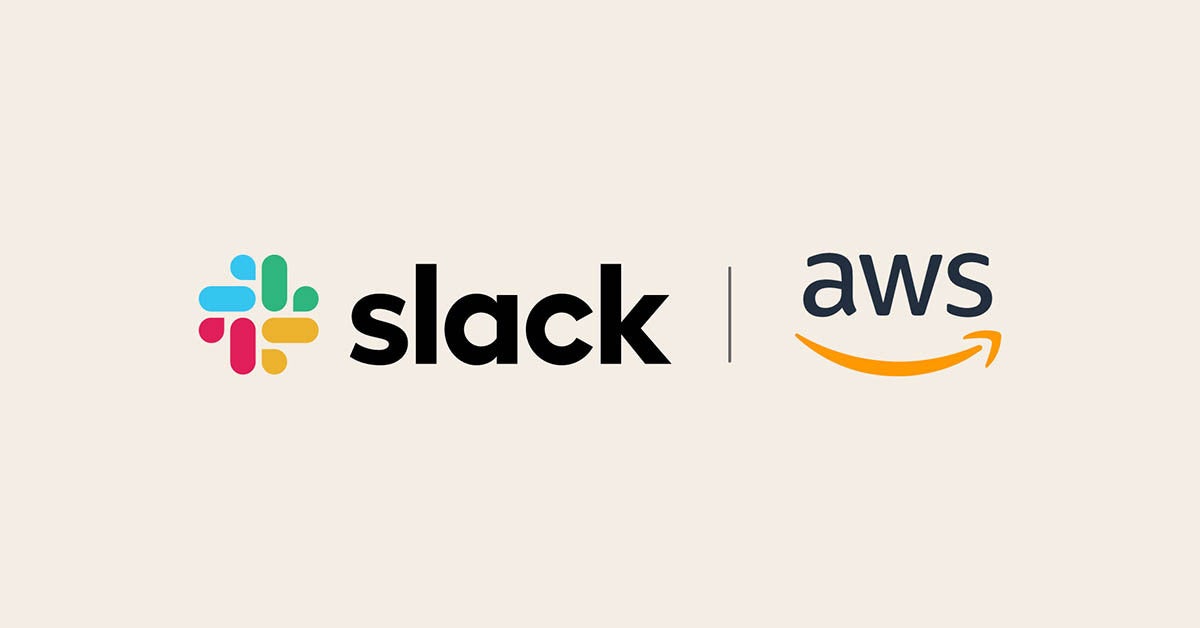Slack comes from humble beginnings as an internal communication tool at a small company. Since then, the platform has evolved into one of the most prominent in the market. A flurry of recent activity including feature rollouts, deal making and management changes has propelled Slack by great lengths in a brief amount of time. However, the company is challenged by a scarcity of customers on paid plans.
In August 2013 a company called Tiny Speck made its in-house messaging tool widely available, naming it “Slack” while switching the company name to Slack Technologies (“Slack” stands for “Searchable Log of All Conversation and Knowledge”). The platform offers an email alternative leveraging repositories called “channels”. Channels are intended to eliminate the proliferation of email chains that often sprout when team members launch separate but related discussions. Channels centralize people, information and the tools they need to collaborate thus making teams more productive.
Currently, Slack boasts 12 million+ daily users across 750,000 organizations globally. A recent array of feature enhancements holds promise to elevate those totals. Among the more critical changes are strengthened platform security, APIs enabling developers to create platform-compatible apps, and communication with external organizations from within Slack.
Investment and acquisition may help Slack grow
Slack is not limiting itself to organic enhancements. In July, the company acquired Rimeto, a provider of tools used to create employee directories driven by detailed criteria stretching beyond the conventional name, title and organization. In June, Slack signed an agreement expanding its relationship with AWS as its preferred cloud provider while enlisting AWS as a Slack customer. In December 2015, the “Slack Fund” was created. The fund is an $80 million investment pool earmarked for developers and small companies to create apps for Slack.
Slack has made internal appointments that should strengthen the company and therefore the platform. A chief security officer has been tasked with protecting the company’s internal data and that of customers, while a chief people officer holds accountability for smoothing operations while employees work remotely during Covid-19 and as some eventually migrate back to the office.
Monetization will be a challenge
While the company rode a wave to new heights on the shoulders of platform enhancements, relationships with other companies and fresh blood in the management ranks, it faces a crucial obstacle.

US Tariffs are shifting - will you react or anticipate?
Don’t let policy changes catch you off guard. Stay proactive with real-time data and expert analysis.
By GlobalDataSpecifically, the vast majority of Slack’s customer base is on a free plan (estimated at 83%). Most companies in this situation would pare their free plan to incent customers to upgrade, but the opposite approach is best. Rather than punish customers, reward them while simultaneously enticing them with the potential for greater benefits.
Slack should employ a “good, better, best” approach. Offering a feature-rich free plan receiving modest improvements alongside paid plans enjoying more robust enhancements would prove to be a win-win for the company and its customers. However, the company must highlight price and feature differences between plans much more prominently while supplying a gentle push for customers to upgrade. Plus, they must proactively notify customers as plan adjustments are made. Collectively, these actions should swell the ranks of customers on paid plans and place the company on a more stable path.









